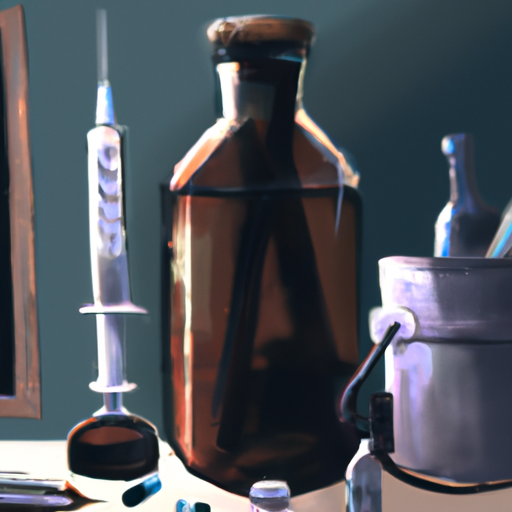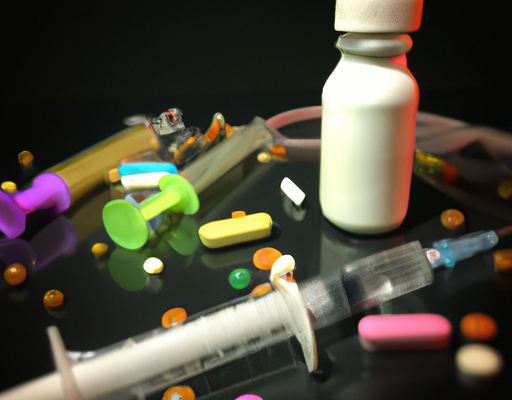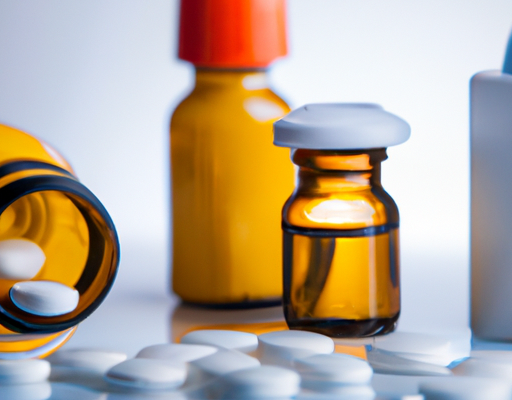1. Definition of varicose veins
Varicose veins are a common and sometimes painful condition that affects many adults. They are caused by weakened or damaged valves in the veins, which allow blood to pool and cause the veins to become enlarged and twisted. In some cases, varicose veins can lead to serious health complications, such as leg ulcers, blood clots, and inflammation. While varicose veins are not contagious, they can cause significant discomfort and embarrassment. Fortunately, there are treatments available to reduce their appearance and help reduce the symptoms.
2. Causes of varicose veins
Varicose veins are caused by a problem in the functioning of the valves within the veins. When these valves become weak or damaged, they can no longer hold back the flow of blood in the veins, which then causes the veins to swell and become enlarged. This can be caused by a number of factors such as genetics, aging, pregnancy, standing for long periods of time, or by activities such as weightlifting. In some cases, varicose veins can also be caused by a lack of movement in the legs or by an injury. Whatever the cause, the resulting veins are often quite painful, and can cause other medical problems if left untreated.
3. Symptoms of varicose veins
Varicose veins are a common condition that can cause painful and unsightly symptoms. Symptoms of varicose veins can include a feeling of heaviness or fatigue in the legs, swelling in the legs and ankles, cramping, aching, burning, or throbbing in the affected area, and skin discoloration, such as brownish-blue patches. In advanced cases, people may experience ulcers, skin sores, and even bleeding from the affected area. If left untreated, the condition can worsen and lead to complications such as blood clots and deep vein thrombosis. It is important to visit a doctor if you are experiencing any of the symptoms of varicose veins, as early diagnosis and treatment is key to managing the condition.
4. Link between varicose veins and deep vein thrombosis
Varicose veins may be unpleasant to look at and can sometimes cause pain and discomfort, but what many people don’t realize is that they can potentially be a sign of a serious medical condition. A link between varicose veins and deep vein thrombosis (DVT) has been established. DVT is a clotting of the blood in the deeper veins of the legs, and while varicose veins themselves are a separate condition, the potential of the vein walls weakening leads to a greater risk of DVT. If left untreated, it can cause pulmonary embolism, or a blockage of the lung artery, which can be fatal. That is why it is important to seek medical advice if you suspect you have varicose veins, and follow the advice and treatment plan of your doctor very closely.
5. Link between varicose veins and other conditions
Recent studies suggest there is a link between varicose veins and other medical conditions. For example, varicose veins are often associated with deep vein thrombosis (DVT), which is a blood clot in a larger vein, usually in the calf or thigh. It is believed that the weakened walls of varicose veins make DVT more likely. Varicose veins can also lead to chronic venous insufficiency—a condition in which the valves of the veins are weakened, leading to poor circulation, inflammation, and leg swelling. In addition, varicose veins can be a symptom of pelvic congestion syndrome, a condition often seen in women of childbearing age, in which the veins near the uterus become enlarged and painful. All these conditions can potentially affect a person’s quality of life. As such, it is highly recommended that people with varicose veins seek medical advice as soon as possible to find out the best treatment options.
6. Risks factors for varicose veins
Varicose veins are a common condition, but there are some factors that can increase the risk of developing them. Age is one factor—as we age, the walls of our veins become weaker and more prone to damage. Genetics may also play a role, as some people are more likely to develop varicose veins due to their family history. Other factors such as long periods of standing, pregnancy, obesity, and hormonal changes can all increase the risk of developing varicose veins. Additionally, certain occupations or activities that require long periods of standing or sitting can also lead to varicose veins. It is important to maintain a healthy lifestyle and a healthy weight to reduce the chance of developing varicose veins.
7. Can varicose veins spread?
Varicose veins are swollen and enlarged veins that are caused by weakened valves in the veins. While they do not typically spread, varicose veins can be progressive, meaning they can become worse over time. As the veins weaken, the valves become less effective at preventing the backflow of blood, leading to an increase in the size of the veins. This can also cause an increase in symptoms, such as aching, cramping, swelling, and discoloration in the affected area. In order to stop the progression of varicose veins, treatments such as lifestyle changes, compression stockings, and surgery may be recommended. While varicose veins may not spread, it is important to seek medical attention and begin treatment as soon as possible.
8. Treatments for varicose veins
Varicose veins can be treated with a variety of methods, depending on their severity. For mild cases of varicose veins, lifestyle changes, such as increasing physical activity or elevating legs, may reduce their appearance. For more severe varicose veins, treatment options include sclerotherapy (injecting a medicine to close the vein), laser therapy to flatten the vein, and surgery to remove the vein. In some cases, more than one of these treatments may be used together to achieve the best results. Your physician will determine the best option for you and discuss any risks, benefits, and potential complications. A combination of lifestyle changes, medical treatments, and surgery can help reduce the appearance of varicose veins, improve comfort, and protect against further damage.
9. Prevention of varicose veins
The best way to prevent varicose veins is to take measures that encourage good vein circulation. This means wearing supportive stockings, maintaining good hydration, following a regular exercise regimen, and keeping a healthy weight. Additionally, standing and sitting for long periods of time should be kept to a minimum, and if necessary, taking breaks to rest and elevate the feet. Keeping the legs elevated while resting can help reduce the pressure on varicose veins. Finally, seeking help from a doctor is always a smart decision in managing varicose veins. They can provide recommendations and treatments specifically tailored to individual patients needs.





No Comments